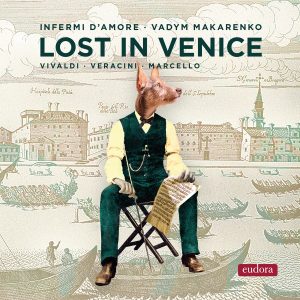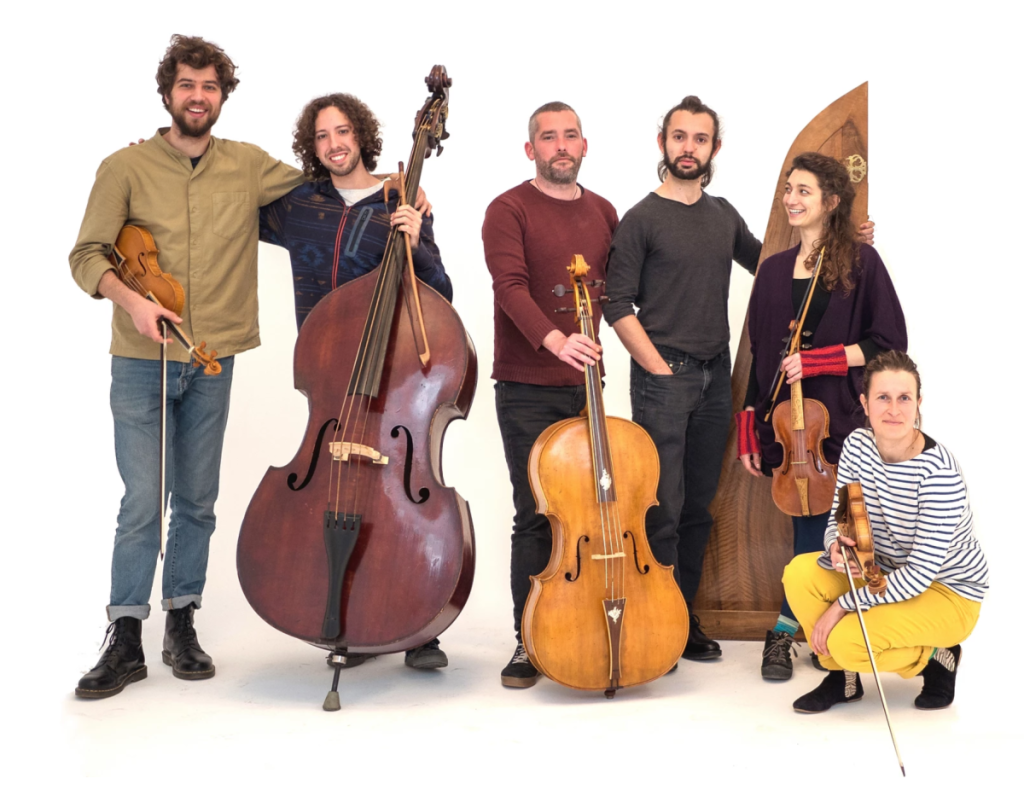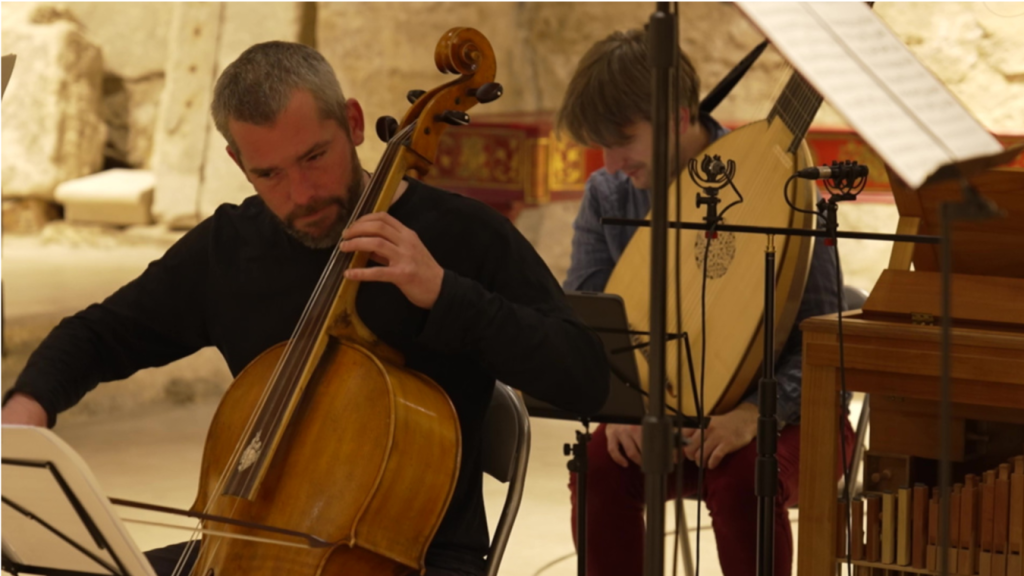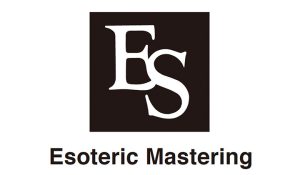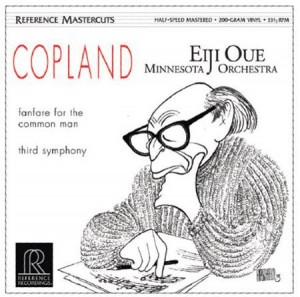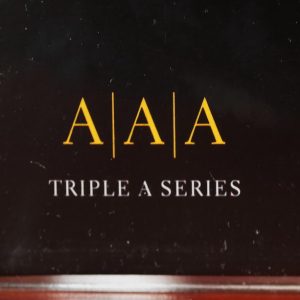Truly special recordings deserve to be heard and celebrated. Such a truly special album is the newly released Lost in Venice by Infermi d'Amore, from Eudora Records. On this album are alert, energetic, and beautifully played performances of works from three Venetian Baroque masters using instruments appropriate to the period. Complementing these delightful performances are the superb sonics captured by recording engineer Gonzalo Noqué in Pure DSD256. The combination is a true musical feast.
Lost in Venice, Infermi d'Amore, Vadym Makarenko (including 4 world premiere recordings). Eudora 2022 (Pure DSD256) HERE
Music of the Baroque, played on period instruments, holds a special appeal for me. There is a particularly special beauty to the inventions found in this music. And when performed on period instruments, music of the Baroque has a color, a timbre, a texture (choose your word) that is unique. When one then adds musicianship of the highest caliber, well-attuned to both the performance style of the period and to the challenges of playing these instruments, listening is a pure delight. And that is what we have here.
In this album, Infermi d'Amore have collected works by Vivaldi (four of which are receiving their world premiere recordings here), Veracini and Marcello. These are works written for various combinations of instruments represented in this ensemble: violin, viola, violoncello, violone, theorbo/Baroque guitar, bassoon, organ/harpsichord. This instrumental diversity of color and timbre make for richly rewarding listening.
Infermi d'Amore, image courtesy Eudora Records
And all of this richness of color and timbre is made fully apparent by the deliciously transparent recording engineered by the ever-excellent Gonzalo Noqué. I think this is perhaps the finest recording I've yet heard from his hands, and I've been listening over the past several years to most of his releases. With this recording, Gonzalo has upgraded the microphones he uses to capture strings to the exceptional Sonodore LDM-54 microphones. Captured in Pure DSD256 and maintained in DSD throughout the mastering chain, this is a truly exceptional listening experience for those who place high value on superlative sonics.
Recording in DSD and intending to release the results as Pure DSD places extreme demands on both the recording engineer and the performers. While it is possible to splice sections of the recording to allow for assembling different "takes," there is no mixing capability in DSD. To mix one needs to pull the file from DSD into PCM, and by doing so, the possibility of a Pure DSD release is lost. The inability to do any mixing of the channels is why orchestral performances are almost never Pure DSD releases. (Update: Apparently no longer the case—see correction noted below.) It also presents a challenge to small ensemble recordings such as in this. Essentially, the performers need to get it right just as in a live performance and the recording engineer needs to get the microphone balances set right at the get go because there is no "fixing it in post" (or "in the mix").
Gonzalo is one of the few classical music recording engineers who makes this supreme commitment, and I believe this is the largest ensemble with which he has yet attempted a Pure DSD recording.
With respect to another of his Pure DSD recordings, I asked him via email to what extent he and the performers were able to lay down the movements all in single takes. He replied, "Oh, there are quite long takes, but there is editing involved as well. On the other hand, the recording has no mixing involved. So once edited, the project is DSD rendered within Pyramix Digital Audio Workstation and that's all."
(Correction, November 7, 2022 - Gonzalo emailed me to clarify that this recording, Lost in Venice, was mixed in post, but mixed entirely in DSD. Tom Caulfield at NativeDSD accomplished mixing channels from 12 different microphones: main pair, room pair and spot microphones. He did this following Gonzalo's instructions using the remodulation capabilities in HQPlayer Pro. So, the data remained entirely in the DSD domain with no PCM processing. I plan to follow-up with a further article about this process if Tom can give me time for a discussion.)
(Further clarification, November 27, 2022 - There are two masterings of this album. Only the files sold on the NativeDSD site are from the Pure DSD256 edit master and are Pure DSD. Releases found on Qobuz and other outlets come from the DXD post-processed master file create by Eudora for distribution through those other channels; these do not come from Pure DSD256 edit master file that Tom Caulfield created using HQPlayer Pro. So, if you're not listening to the NativeDSD DSD files, you are not hearing the superbly transparent sound quality I'm nattering on about.)
So what about the music?!?
Ah, yes—in my abundant enthusiasm over the performance quality and the sound quality I forgot that I should perhaps say something about the MUSIC on this album. Okay, Vivaldi—check! Marcello—check! Oh wait, I should say more? Okay...
First and most important, the Vivaldi on this album is NOT The Four Seasons. (Thank the stars overhead.) These are very much lesser heard works by the Venetian master, but still top drawer. Significantly, the Violin Concerto in C major, RV 182 and the Cello Concerto in B-flat major, RV 788 (except the middle "Largheto" movement) are both premier recordings. And they are delightful. This is first class Vivaldi with energy, wit, and complexity. Why these have not been recorded before this I have no idea. Sometimes there is a reason for not recording some works, but not these. They are wonderful.
Indeed, the entire album is dedicated to presenting us with "lost" works: music that was left unfinished, or fell into neglect, or found itself in Venice purely by chance.
Three of the Vivaldi works entail some degree of reconstruction due to the manuscripts being incomplete to varying degree. As far as I've been able to research, there are few or no recordings of these three works, and don't have any of them in my music library, so I am very happy to find yet again something fresh and far from over-performed. These reconstructions in each case are by Olivier Fourés, a professor in musicology and a scientific member of the Istituto Italiano Antonio Vivaldi, work quite well to my ear, giving a most felicitous result. The bits requiring reconstruction are all identified in the album booklet, so I will not list them here. Suffice it to say that I doubt anyone would be displeased with the final results in these inventively performed and very delightful works.
An interesting single movement, the final, of the Violin Concerto in E major, RV 263 is included and rather stands out. It is the original final movement of RV 263a which was published as part of La Cetra in 1727 (track 19). Olivier Fourés writes that it was apparently left out of the La Cetra collection at the request of the publisher who was looking for some alternative works that would be more "playable" by the average European violinist. This final movement was deemed too virtuosic and technically demanding. And so it was dropped from La Cetra. Fortunately, we have it here. Listening to it one immediately understands why it may have been beyond the technical skills of most violinists. Infermi d'Amore play it beautifully.
The album also contains works by Francesco M. Veracini (1690 - 1768), a Florentine violinist and composer who made a name for himself in Venice in the early 1710s, and Bendetto Marcello (1686 - 1739), a Venetian aristocrat and distinguished amateur musician. Both works reflect a remarkable level of sophistication.
Infermi d’Amore is a vibrant Early Music ensemble with musicians from Spain, the United States, Canada, Ukraine, Italy, and France. United by their passion for the arts during their studies at the Schola Cantorum Basiliensis in Basel, Switzerland, they focus on the interpretation of 17th and 18th century instrumental music. Lead violin soloist, Vadym Makarenko, resides in Madrid and performs with groups such as Gli Incogniti (Amandine Beyer), Collegium 1704 (Václav Luks) as well as Infermi d'Amore. In January 2022, Vadym was loaned a 1760 Lorenzo & Tomaso Carcassi violin by the Jumpstart Jr. Foundation, in Amsterdam.
Recording session: January 10 - 13, 2022, Iglesia de Santo Domingo, Fundación Villa de Pedraza, Pedraza, Segovia (Spain). All photos courtesy of Eudora Records.




